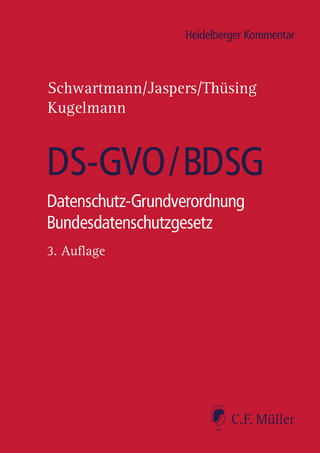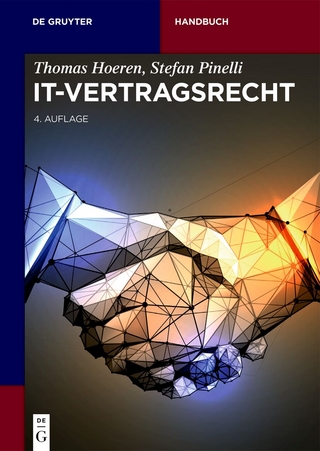
Communication and Law
Routledge (Verlag)
978-0-8058-4942-4 (ISBN)
Communication and Law brings together scholars from law and communication to talk both generally and specifically about the theoretical and methodological approaches one can use to study the First Amendment and general communication law issues. The volume is intended to help graduate students and scholars at all skill levels think about new approaches to questions about communication law by offering a survey of the multidisciplinary work that is now available. It is designed to challenge the conventional notion that traditional legal research and social science methodological approaches are mutually exclusive enterprises.
This book has been developed for researchers working in mass communication and law and will be appropriate for graduate students and scholars. It will also appeal to those in psychology, political science, and other areas who are interested in exploring questions of law in their research.
Amy Reynolds, Brooke Barnett
Contents: Preface. A. Reynolds, B. Barnett, Introduction: The Benefits of a Multidisciplinary Approach in Communication Law. Part I: Theoretical Perspectives and Approaches.J. Cohen, T. Gleason, Charting the Future of Interdisciplinary Scholarship in Communication and Law. F.H. Cate, Method in Our Madness: Legal Methodology in Communications Law and Research. A.L. Fargo, Social Science Research in Judges' First Amendment Decisions. D. Pritchard, Introductory Comments to Chapter 4. D. Pritchard, A New Paradigm for Legal Research. J. Bruschke, The Intersection of Legal Practice and Social Science on the Issue of Pretrial Publicity. R. Jensen, Pornographic Knowledge, the Law, and Social Science. D.S. Allen, Creating Meaning, Creating Citizens: The U.S. Supreme Court and the Control of Meaning in the Public Sphere. S. Braman, Introductory Comments to Chapter 8. S. Braman, Information and Socioeconomic Class in U.S. Constitutional Law. Part II: Multidisciplinary Methodological Approaches.B.F. Chamberlin, Introductory Comments to Chapter 9. B.F. Chamberlin, C. Popescu, M.F. Weigold, Merging Legal Research and the Practices of Social Science: Comparing State Access Laws. R.M. Entman, Introductory Comments to Chapter 10. R.M. Entman, Blacks in the News: Television, Modern Racism, and Cultural Change. G. Leshner, Introductory Comments to Chapter 11. G. Leshner, The Effects of Dehumanizing Depictions of Race in TV News Stories. R. Drechsel, T. Grimes, Introductory Comments to Chapter 12. T. Grimes, R. Drechsel, Word-Picture Juxtaposition, Schemata, and Defamation in Television News. B. Barnett, Introductory Comments to Chapter 13. B. Barnett, The Stories They Couldn't Tell: How Journalists Use Public Record Databases. A. Reynolds, Introductory Comments to Chapter 14. A. Reynolds, The Impact of Walker's Appeal on Northern and Southern Conceptions of Free Speech in the Nineteenth Century. C.L. Book, Introductory Comments to Chapter 15. C.L. Book, The People and the Cable Guy: Federally Empowered Public Interest Standards. M. Hoefges, K. Lancaster, Introductory Comments to Chapter 16. M. Hoefges, K. Lancaster, Utilizing Mass Media Advertising for Legal Notice in Class Action Lawsuits.
| Reihe/Serie | Routledge Communication Series |
|---|---|
| Verlagsort | New York |
| Sprache | englisch |
| Maße | 152 x 229 mm |
| Gewicht | 940 g |
| Themenwelt | Recht / Steuern ► EU / Internationales Recht |
| Recht / Steuern ► Privatrecht / Bürgerliches Recht ► IT-Recht | |
| ISBN-10 | 0-8058-4942-4 / 0805849424 |
| ISBN-13 | 978-0-8058-4942-4 / 9780805849424 |
| Zustand | Neuware |
| Informationen gemäß Produktsicherheitsverordnung (GPSR) | |
| Haben Sie eine Frage zum Produkt? |
aus dem Bereich


